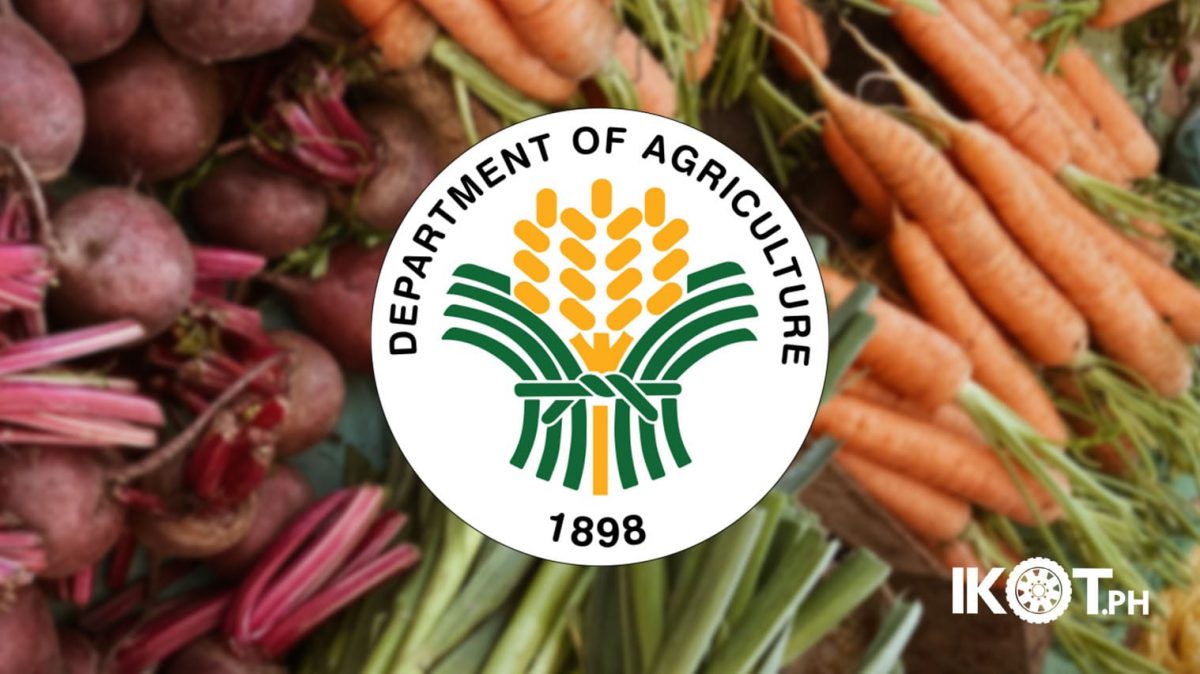Since the Department of Agriculture started the Kadiwa in 2019, about 931 farmers’ cooperatives and associations (FCAs) and agri-based enterprises joined the program that has now generated a total sales of P2.38-billion.
The Sta. Ana Agricultural Multi-Purpose Cooperative (MPC), a long-time partner of DA, reported that it makes an average annual sales of P500,000 from its participation in the DA Kadiwa marketing program.
The MPC, which is based in Sta. Ana, Pampanga, regularly participates in Kadiwa markets in various locations in Metro Manila, Zambales and Pampanga among others.
Its main product is rice, but it also sells “Bahay Kubo” vegetables such as sponge gourd, squash, okra, bitter gourd, bottle gourd, tomato, and other leafy vegetables.
“Malaking bagay po sa amin ang Kadiwa.”
“Malaking bagay po sa amin ang Kadiwa,” Percival Turla, Sta. Ana Agricultural MPC Board of Directors member said.
According to Turla, the DA Kadiwa provides additional source of income on top of the cooperative’s other income-generating activities.
He added that the MPC farmer-members continue to have sure markets for their produce because of Kadiwa.
“Dati po kasi, kapag bumagsak ang palay, hindi po nila alam kung saan nila ibebenta ang palay o gulay nila. Noong naging parte kami ng Kadiwa, dahil nabigyan kami ng working capital, e hindi na sila nahihirapan lalo na ’pag iyong sinasabi na nagkasabay-sabay kasi meron silang sure buyer, iyong kooperatiba namin,” Turla explained.
He shared that their cooperative buys their members’ produce at reasonable prices and sells them at affordable prices for the consumers.
Through the DA’s Enhanced Kadiwa program, the Sta. Ana Agricultural MPC received a hauling truck and a financial grant of P1 million for their working capital and assist them in trading commodities directly from the farmers to the market.
“Hindi ka na magrerenta ng mga sasakyan oras na meron kang nalaman na umaani ng palay o gulay, madali mong mapupuntahan.”
“Iba iyong programa ngayon gaya sa Kadiwa kasi meron silang working capital at hauling vehicle na binibigay. Iyon po kasing working capital at hauling vehicle napakalaking bagay sa isang kooperatiba iyan. Unang-una, hindi ka na magrerenta ng mga sasakyan oras na meron kang nalaman na umaani ng palay o gulay, madali mong mapupuntahan. Iyong working capital, automatic, hindi ka na maghahanap ng kapital,” Turla pointed out.
He recounted that the MPC started as a small group of farmers until they partnered with the DA and other government agencies after attending several seminars and training.
“Doon po namin nalaman ang kagandahan ng mga programa ng gobyerno tungkol sa mga magsasaka. Kaya kami po, sumunod po kami sa mga requirements para maka-avail kami sa DA. Ang kailangan lang, kahit kami ay sinasabi nilang magsasaka, nag-aaral din po kami kung paano po makasunod doon sa program, kung sino pong makakatulong sa amin halimbawa sa working capital,” Turla said.
With the help of the DA-Regional Field Office in Central Luzon and the DA-Philippine Center for Postharvest Development and Mechanization (PHilMech), the Sta. Ana Agricultural MPC also received a rice processing center (RPC), which will soon be upgraded into a modern rice processing system (RPS).
“High-tech po iyon. Meron siyang color sorter, polisher, grinder. Push button na siya, hindi na mano-mano na gaya ng gamit namin. Yung (milling) recovery ng bigas, mas marami,” Turla said.
He added that they are now more competitive as they join biddings to serve as suppliers of high quality and affordable farm products.
“Wala po talaga kaming ibang hinahanap kundi paano namin mapapaluwang ang buhay ng mga miyembro namin,” Turla stressed as he encouraged other small farmers to also organize into associations or cooperatives and become development partners of the government.


